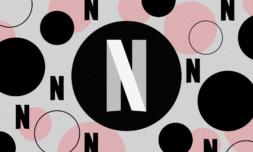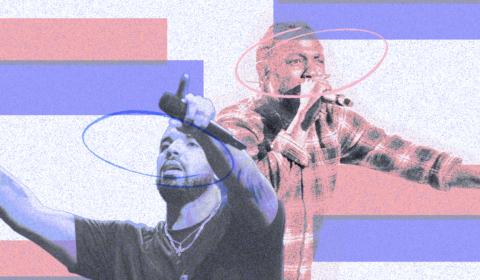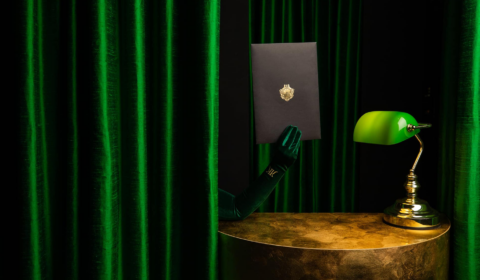Could ASMR have become the latest YouTube craze because… it reminds us of our mum?
This past weekend America (and many punters around the globe) tuned in to the Super Bowl. A large part of this sporting event is, of course, watching the infamous Super Bowl ads.
Brands splash out millions of dollars on the coveted advertising slots, and every year Twitter users take to the platform in droves to give their opinions.
The ad garnering the most controversy this year was one by beer retailer Michelob Ultra. Their 45-second ad featured actress Zoe Kravitz employing the art of ASMR (Autonomous Sensory Meridian Response) by tapping a beer bottle with her fingernails and whispering into a microphone.
Nah, what made me the most uncomfortable was the Michelob commercial…. ASMR Gets under my skin, and not in a good way… I cant stand to listen to it
— 💝💌 lil valentine 💌💝 (@lilbeth0303) February 4, 2019
unpopular opinion (?): not a fan of the michelob ad. to me, it felt too intentional & obvious that they were trying to stay relevant. if anything, i would have loved to see them use a popular youtube asmrtist, or at the very least one of the celebs from the W mag asmr series 🤷🏻♀️
— mika (@paprikahhh) February 4, 2019
ASMR is a recent trend on YouTube involving videos of people (usually young women) performing repetitive tasks, such as folding napkins or turning pages, whilst talking softly and repetitively into the camera.
The phenomenon’s most popular practitioners have more than half a million subscribers, with the undisputed queen of ASMR Maria of ‘Gentle Whispering ASMR’ even quitting her job to make videos full time. Check her out below.






















